克罗地亚东部的贝恰拉兹歌唱表演+仪式美食传统凯斯凯克
克罗地亚东部的贝恰拉兹歌唱表演
Bećarac singing and playing from Eastern Croatia
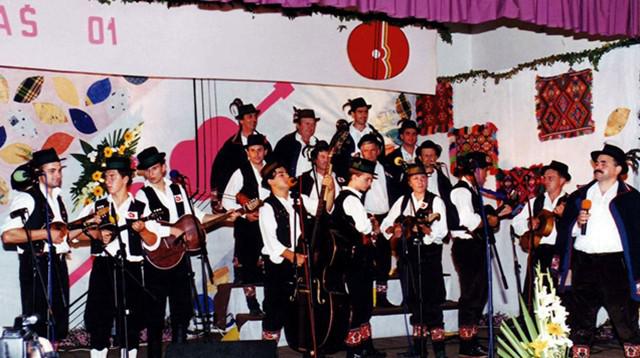
图1 克罗地亚东部的贝恰拉兹歌唱表演
项目基本信息
入选年份:2011
申报国家:克罗地亚共和国
名录名册类型:人类非物质文化遗产代表作名录
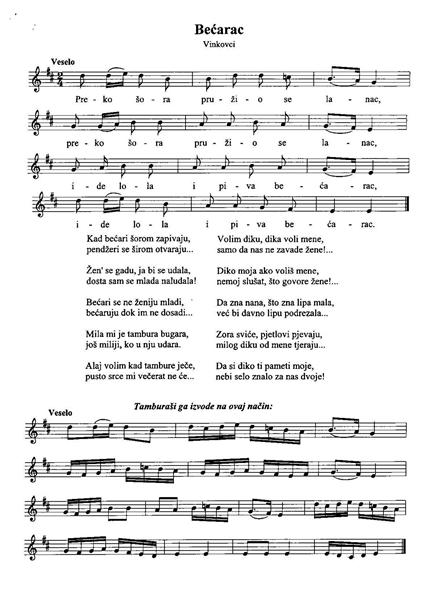
图2 波斯湾地区伊朗蓝吉木船的传统造船与航海技术
英文简介
Bećarac is a popular genre of music in eastern Croatia deeply rooted in the cultures of Slavonia, Baranja and Srijem. Communication among its performers is essential: lead singers interchange vocal lines, striving to out-sing one another while creating, emulating and combining decasyllabic verses and shaping the melody – all the while accompanied by a group of singers and tambura bands. The music conveys community values, but also enables singers to express thoughts and feelings that might be inappropriate if uttered directly or in other contexts. Each lead singer shapes his or her performance according to the context, with the performance lasting as long as the creativity and energy of the singers permit. Lead singers must possess both a powerful voice and a wide repertoire of old and new couplets, and be apt, quick and clever in choosing and combining them. Nowadays, men and women are almost equally represented among tradition bearers. The Bećarac is spread widely throughout eastern Croatian communities and remains part of living practice – whether in completely informal situations of music-making or in contemporary festive events and celebrations. Many sub-types of Bećarac also exist, in addition to particularities introduced by lead singers. Bećarac is therefore an extraordinarily vivid, dynamic genre that is recreated in each performance.
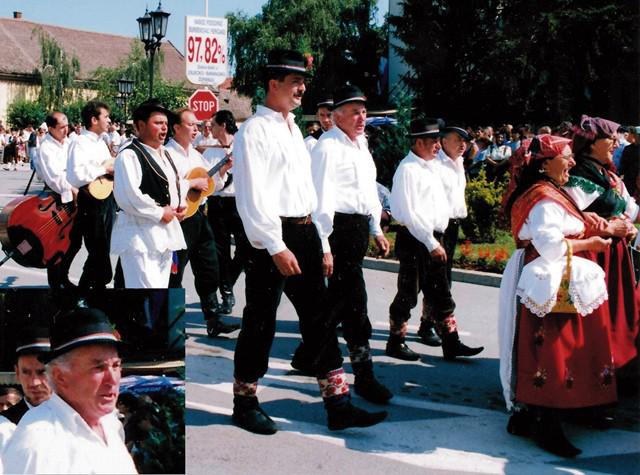
图3 克罗地亚东部的贝恰拉兹歌唱表演
中文简介
克罗地亚东部的贝恰拉兹(“Bećarac”的音译)歌唱表演是深植在斯拉沃尼亚、巴拉尼亚和司瑞姆文化中的一种流行音乐样式。表演者之间的交流很重要:领唱者们互换声线,在创作、模仿和结合十音节诗行的同时,努力超越对方,形成旋律——并有歌队的伴唱和坦布拉琴乐队的伴奏。音乐传达了社区价值观,也让歌者能够表达那些不宜直接或在其他场合表达的想法和感受。每个领唱歌手根据演出的环境塑造自己的表演,只要歌者的创作力和精力允许,演唱就会持续下去。领唱者必须具备强有力的嗓音,掌握大量的新旧对句曲目,并且在选取、组合它们时要机敏、迅速、巧妙。现今,该传统的传承者几乎是男女各半。贝恰拉兹在克罗地亚东部社区广为流传,并且一直是活态习俗的一部分——无论是完全非正式的音乐制作环境下,还是在当代的节日和庆典活动中。除领唱者具有的特性外,贝恰拉兹还存在许多子类型。因此,贝恰拉兹是一种非常生动、富于动态变化的艺术表演样式,在每一次演出中都得以再创造。
译介项目十二
仪式美食传统凯斯凯克
Ceremonial Keşkek tradition
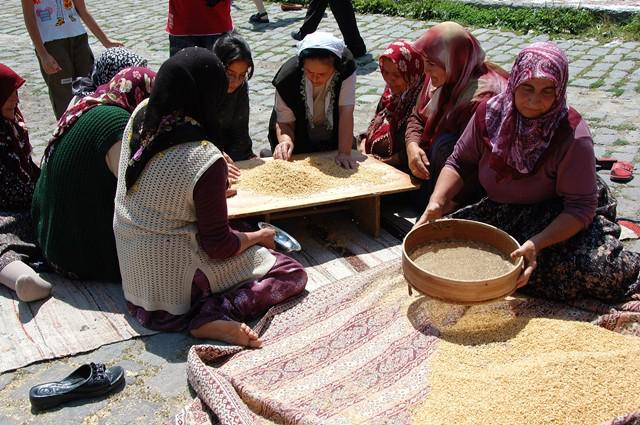
图4 挑选小麦
项目基本信息
入选年份:2011
申报国家:土耳其共和国
名录名册类型:人类非物质文化遗产代表作名录
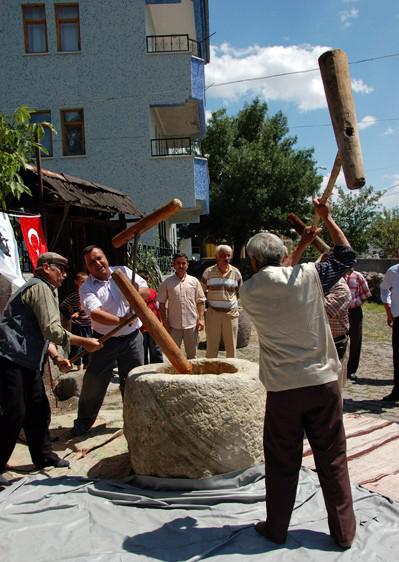
图5 三人用木锤敲打凯斯凯克
英文简介
Keşkek is a traditional Turkish ceremonial dish prepared for wedding ceremonies, circumcisions and religious holidays. Women and men work together to cook wheat and meat called ‘Keşkek’ in huge cauldrons, then serve it to the guests. The wheat is washed with prayers the preceding day, and then carried to a large stone mortar, to the accompaniment of music from the davul drum and zurna double-reed pipe. At the mortar it is hulled by two to four persons using gavels in a fixed rhythm. Cooking is usually carried out outdoors: hulled wheat, chunks of meat on the bone, onions, spices, water and oil are added to the cauldron and cooked all night. Towards noon, the strongest of the village youth are called to beat the Keşkek with wooden mallets, while the crowd cheers and zurna players perform musical pieces, announcing the thickening of the stew with a specific melody. Numerous expressions associated with the dish – used during the selection of wheat, the blessings, praying and carrying the wheat, as well as preparing and cooking it – have become common expressions in daily life. In addition, the tradition encompasses entertainment, plays and musical performances. Neighbouring towns and villages are invited to feast collectively in the ceremony premises. The cooking tradition is safeguarded and transmitted by master cooks to apprentices.
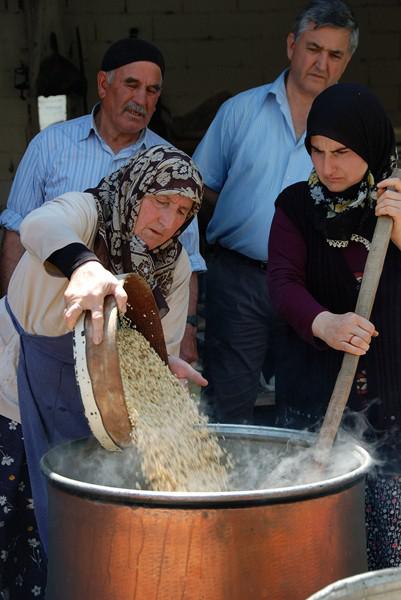
图6 人们用大锅烹制小麦和肉
中文简介
凯斯凯克(“Keşkek”的音译)是一种传统的用于婚礼、割礼和宗教节日的土耳其仪式性美食。男女一起,用大锅烹制小麦和肉,即凯斯凯克,用来款待宾客。制作美食的前一天,人们在祈祷中将小麦洗净,然后在达伍鼓(“davul”的音译,土耳其双面鼓)和祖尔纳(“zurna”的音译,土耳其唢呐)的伴奏下将其放到大石臼中。二到四人在石臼处按规律的节奏用小木槌敲击去壳。烹饪通常是在户外进行的:去壳的小麦、大块连骨肉、洋葱、香料、水和油加入大锅中整夜烹煮。临近正午,村里最强壮的青年集合起来用木锤敲打凯斯凯克,同时人群欢呼着,祖尔纳演奏者吹奏乐曲,在特殊的旋律中宣告炖煮的美食逐渐浓稠。在挑选小麦、祝福、祈祷,以及运输、准备和烹饪小麦的过程中,有众多与之相关的表达,这些已成为人们日常生活中常见的表达方式。此外,该传统还涵盖了娱乐、游戏和音乐表演。临近的村镇也受邀集体到仪式场所参加聚餐。这项烹饪传统在师徒传承中得以保护和传承。





